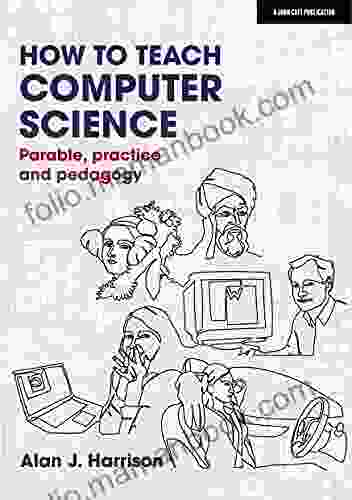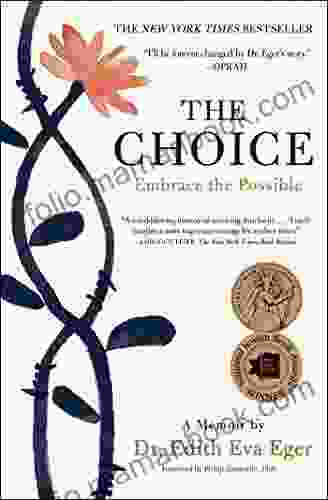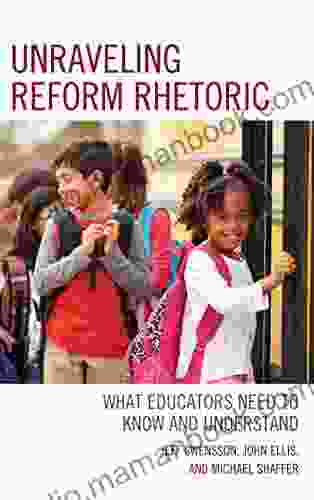Parable Practice and Pedagogy: Exploring the Transformative Power of Storytelling in Education

Abstract
Parable practice and pedagogy have emerged as innovative approaches in education, harnessing the timeless power of storytelling to cultivate transformative learning experiences. This article presents an in-depth exploration of the theoretical foundations, practical implementation, and transformative impact of parable practice and pedagogy in various educational contexts. Through a comprehensive analysis of existing research and case studies, it highlights the ways in which parables stimulate critical thinking, foster personal and social growth, and promote a deeper understanding of complex issues.
4.7 out of 5
| Language | : | English |
| File size | : | 9717 KB |
| Text-to-Speech | : | Enabled |
| Screen Reader | : | Supported |
| Enhanced typesetting | : | Enabled |
| X-Ray | : | Enabled |
| Word Wise | : | Enabled |
| Print length | : | 377 pages |
| Lending | : | Enabled |
Storytelling has been an integral part of human society since its inception, serving as a powerful medium for transmitting knowledge, conveying values, and fostering social cohesion. In recent years, there has been a growing recognition of the transformative potential of storytelling in education, leading to a renewed interest in parable practice and pedagogy (PPP). PPP leverages the inherent power of parables – brief, metaphorical narratives that convey profound truths – to engage students, stimulate critical thinking, and cultivate personal and social growth.
Theoretical Underpinnings
PPP draws upon a rich theoretical foundation rooted in cognitive science, social learning theory, and narrative theory. Cognitive science emphasizes the role of storytelling in activating multiple cognitive processes, such as imagination, memory, and inference, which facilitate deeper understanding and retention of information. Social learning theory highlights the importance of storytelling in shaping social behavior and attitudes, as individuals vicariously experience the actions and consequences of characters in stories. Narrative theory provides a framework for understanding the structure and impact of stories, recognizing their ability to captivate audiences, elicit emotions, and inspire reflection.
Practical Applications
PPP can be effectively implemented in a wide range of educational settings, from early childhood education to higher education. Parables can be used to introduce new topics, stimulate discussions, explore ethical dilemmas, and facilitate self-reflection. They can be incorporated into lesson plans, shared during class discussions, or used as a basis for creative writing or art projects. Teachers can guide students through the process of interpreting parables, fostering critical thinking skills and encouraging them to make connections between the parable's narrative and their own experiences.
Transformative Impact
Research has consistently demonstrated the transformative impact of PPP in education. Parables have been found to:
- Enhance critical thinking skills by encouraging students to analyze, interpret, and evaluate the meaning of parables.
- Foster personal growth by providing opportunities for students to reflect on their own values, beliefs, and behaviors.
- Promote social growth by facilitating discussions on ethical issues, social dilemmas, and cultural differences.
- Cultivate empathy and compassion by enabling students to step into the shoes of characters in parables and understand their perspectives.
- Deepen understanding of complex issues by providing a relatable and engaging way to explore abstract concepts and real-world problems.
Case Studies
Numerous case studies have documented the successful implementation of PPP in various educational contexts. For instance, a study conducted in a middle school setting found that students who engaged in parable practice showed significant improvements in their critical thinking abilities, as evidenced by their ability to analyze, interpret, and apply the lessons learned from parables to real-life situations. In another study conducted in a teacher education program, preservice teachers who incorporated parables into their teaching practices reported increased student engagement, improved classroom atmosphere, and enhanced student understanding of complex pedagogical concepts.
Parable practice and pedagogy offer a transformative approach to education, harnessing the power of storytelling to engage students, stimulate critical thinking, and cultivate personal and social growth. By incorporating parables into the classroom, educators can create meaningful learning experiences that empower students to develop their cognitive, social, and emotional capacities. Further research is needed to explore the full potential of PPP and its impact on student learning outcomes, teacher professional development, and the overall educational landscape.
References
* Bruner, J. (1986). Actual minds, possible worlds. Cambridge, MA: Harvard University Press. * Clandinin, D. J., & Connelly, F. M. (1990). Narrative inquiry in education. In E. G. Guba (Ed.),The paradigm dialog (pp. 189-207). Newbury Park, CA: Sage. * Freire, P. (1970). Pedagogy of the oppressed. New York, NY: Herder and Herder. * Langer, J. (1991). Literacy and the new technologies: Learning with electronic texts. Journal of Adolescent & Adult Literacy, 35(3),182-189. * Levinas, E. (1987). The ethics of the other. Bloomington, IN: Indiana University Press. * Noddings, N. (1984). Caring: A feminine approach to ethics & moral education. Berkeley, CA: University of California Press. * Shulman, L. S. (1987). Knowledge and teaching: Foundations of the new reform. Harvard Educational Review, 57(1),1-22.
4.7 out of 5
| Language | : | English |
| File size | : | 9717 KB |
| Text-to-Speech | : | Enabled |
| Screen Reader | : | Supported |
| Enhanced typesetting | : | Enabled |
| X-Ray | : | Enabled |
| Word Wise | : | Enabled |
| Print length | : | 377 pages |
| Lending | : | Enabled |
Do you want to contribute by writing guest posts on this blog?
Please contact us and send us a resume of previous articles that you have written.
 Top Book
Top Book Novel
Novel Fiction
Fiction Nonfiction
Nonfiction Literature
Literature Paperback
Paperback Hardcover
Hardcover E-book
E-book Audiobook
Audiobook Bestseller
Bestseller Classic
Classic Mystery
Mystery Thriller
Thriller Romance
Romance Fantasy
Fantasy Science Fiction
Science Fiction Biography
Biography Memoir
Memoir Autobiography
Autobiography Poetry
Poetry Drama
Drama Historical Fiction
Historical Fiction Self-help
Self-help Young Adult
Young Adult Childrens Books
Childrens Books Graphic Novel
Graphic Novel Anthology
Anthology Series
Series Encyclopedia
Encyclopedia Reference
Reference Guidebook
Guidebook Textbook
Textbook Workbook
Workbook Journal
Journal Diary
Diary Manuscript
Manuscript Folio
Folio Pulp Fiction
Pulp Fiction Short Stories
Short Stories Fairy Tales
Fairy Tales Fables
Fables Mythology
Mythology Philosophy
Philosophy Religion
Religion Spirituality
Spirituality Essays
Essays Critique
Critique Commentary
Commentary Glossary
Glossary Bibliography
Bibliography Index
Index Table of Contents
Table of Contents Preface
Preface Introduction
Introduction Foreword
Foreword Afterword
Afterword Appendices
Appendices Annotations
Annotations Footnotes
Footnotes Epilogue
Epilogue Prologue
Prologue John Faunce
John Faunce Alex Wellerstein
Alex Wellerstein Alan Evans
Alan Evans Sampat Daniel
Sampat Daniel Barbara Kindermann
Barbara Kindermann Ulf Schiewe
Ulf Schiewe Sandra Mcmillan
Sandra Mcmillan Kg Stiles
Kg Stiles Victoria Groves Scott
Victoria Groves Scott Masashi Kishimoto
Masashi Kishimoto Alexander Pushkin
Alexander Pushkin Lorraine Eden
Lorraine Eden Guy Cain
Guy Cain Arthur Byrd
Arthur Byrd Jalal Al Din Rumi
Jalal Al Din Rumi Vinoth Kubrick
Vinoth Kubrick Barbara Mossberg
Barbara Mossberg Jay Calderin
Jay Calderin Jordan Petry
Jordan Petry Robert Harken
Robert Harken
Light bulbAdvertise smarter! Our strategic ad space ensures maximum exposure. Reserve your spot today!
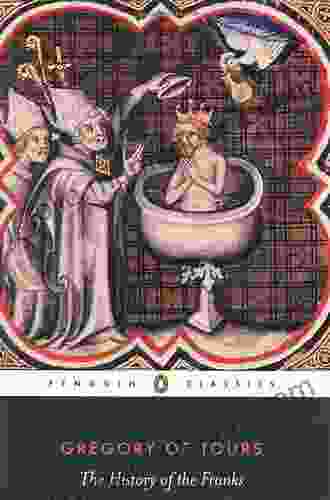
 Felipe BlairExploring the Enduring Legacy of the Literary Masterpiece: A Comprehensive...
Felipe BlairExploring the Enduring Legacy of the Literary Masterpiece: A Comprehensive... Dwayne MitchellFollow ·18.4k
Dwayne MitchellFollow ·18.4k Greg CoxFollow ·9.5k
Greg CoxFollow ·9.5k Elmer PowellFollow ·9.9k
Elmer PowellFollow ·9.9k Fredrick CoxFollow ·7.6k
Fredrick CoxFollow ·7.6k Natsume SōsekiFollow ·5.4k
Natsume SōsekiFollow ·5.4k George Bernard ShawFollow ·14.2k
George Bernard ShawFollow ·14.2k Bobby HowardFollow ·19.4k
Bobby HowardFollow ·19.4k Blake BellFollow ·17.2k
Blake BellFollow ·17.2k
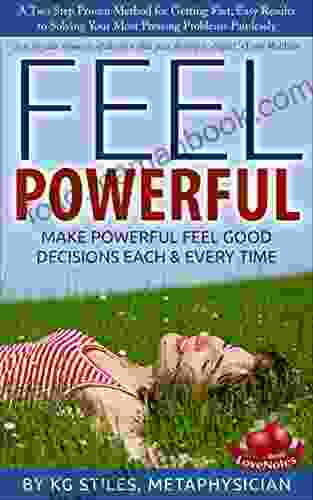
 Dean Cox
Dean CoxHow to Make Decisions Easily & Effortlessly: The...
The Different Types of Decisions There...
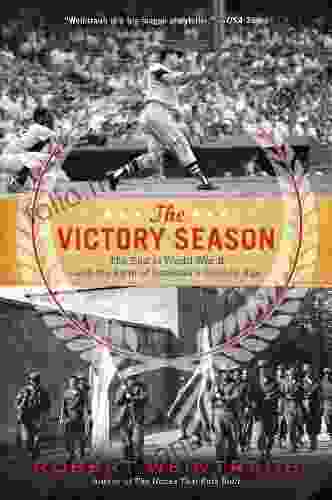
 Gustavo Cox
Gustavo CoxThe End of World War II and the Birth of Baseball's...
The end of...

 Patrick Rothfuss
Patrick RothfussThe Dantes: An 11-Family Saga of Billionaires, Soulmates,...
The Dantes is an epic family saga that follows...
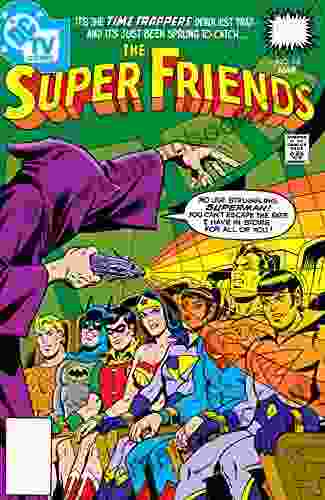
 Dylan Mitchell
Dylan MitchellSuper Friends: The Animated Adventures That Defined a...
In the vibrant landscape of American...
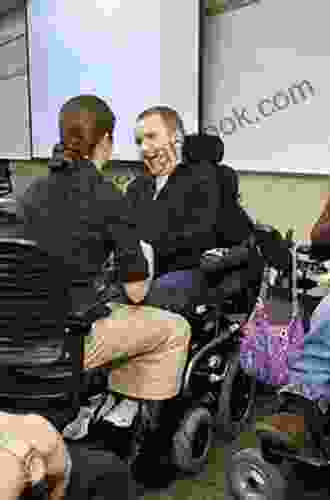
 Jamal Blair
Jamal BlairCollege For Students With Disabilities: We Do Belong
College can be a...
4.7 out of 5
| Language | : | English |
| File size | : | 9717 KB |
| Text-to-Speech | : | Enabled |
| Screen Reader | : | Supported |
| Enhanced typesetting | : | Enabled |
| X-Ray | : | Enabled |
| Word Wise | : | Enabled |
| Print length | : | 377 pages |
| Lending | : | Enabled |


